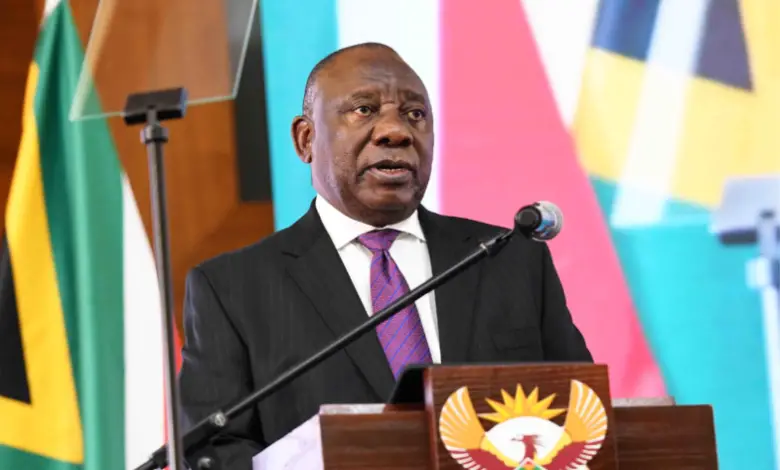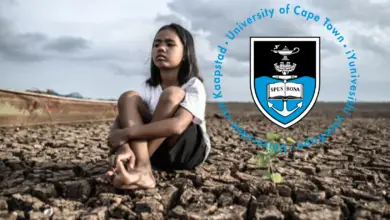Ramaphosa’s big plan to end load shedding

Ramaphosa’s big plan to end load shedding
SOURCE: BUSINESS TECH
_____
During his 2022 State of the Nation Address (SONA) in February, President Cyril Ramaphosa made several promises to deal with the ongoing power crisis in the country.
In the SONA, the president said that his cabinet had approved amendments to the Electricity Regulation Act, which would enable a competitive market for electricity generation and the establishment of an independent state-owned transmission company.
As part of these promises to close the energy supply shortfall, Ramaphosa said several new energy generation projects would be coming online over the years.
According to the president, “these measures will enable significantly more generation capacity to be added to the grid from independent power producers to close the energy shortfall.”
Responding in a written parliamentary Q&A this week, the president provided an update on where the country currently stands on these promises.
The SONA promises, and Ramaphosa’s latest update are outlined below:
- SONA: Over 500MW from the remaining projects in Bid Window 4 of the renewable energy programme, which are at the advanced stages of construction;
- Update: The remaining projects from Bid Window 4 of the renewable energy programme have connected to the grid, adding over 2,000MW of new generation capacity.
- SONA: 2,600MW from Bid Window 5 of the renewable energy programme, for which the preferred bidders were announced last year;
- Update: The first three preferred bidders from Bid Window 5 have signed project agreements, and additional projects are expected to reach this milestone within the coming weeks.
- SONA: Up to 800MW from risk mitigation power projects that are ready to proceed;
- Update: Three projects from the risk mitigation procurement programme representing 540MW of solar PV and 225MW of battery storage have reached financial close and commenced construction.
- SONA: 2,600MW from Bid Window 6 of the renewable energy programme, which will soon be opened;
- Update: The new generation capacity procured through Bid Window 6 has increased from 2,600MW to 4,200MW, with 56 bids received totalling 9,600 MW of capacity.
- SONA: 3,000MW of gas power and 500MW of battery storage, for which requests for proposals will be released later in 2022;
- Update: An RFP will soon be released for over 500MW of battery storage capacity, followed by a further RFP for 3,000MW of gas power.
- SONA: An estimated 4,000MW from embedded generation projects in the mining sector;
- Update: The pipeline of embedded generation projects has more than doubled to 100 confirmed projects, with a total capacity of more than 9,000 MW, due to the removal of the licensing threshold for generation facilities.
- SONA: Approximately 1,400MW is currently being secured by various municipalities.
- Update: Several municipalities are at various stages in procuring power independently, and an MFMA circular has been released to clarify the requirements for municipal procurement.
South Africa running out of time
Despite the stated progress, Ramaphosa did not give a timeline for when the energy projects are expected to come online.
South Africa, meanwhile, has seen the worst load shedding in the country’s history in 2022, and it’s expected to get even worse in 2023.
According to EskomSePush, as of Tuesday (29 November), South Africa has experienced 2,975 hours (124 days) of national load shedding in 2022.
Eskom chief operating officer Jan Oberholzer said last month that South Africa would likely continue experiencing regular power cuts until such time as sufficient generating capacity is added to the electricity grid to meet demand.
Adding further stress to the system is the fact that one of Eskom’s most reliable generating units will be pulled offline in the middle of December for maintenance, which will take over 900MW off the grid until the middle of 2023.
The power utility warned South Africans to expect prolonged periods of load shedding during this time.
Presenting its load shedding outlook in November, Eskom said that its base case – where unplanned outages and breakdowns are kept below 13,000MW – South Africa would be able to stave off the worst of load shedding and restrict to a few days of low stages of rolling blackouts.
This would require R7.3 billion worth of diesel to keep the group’s open-cycle gas turbines burning, however, which is far above what it currently can afford.
Realistically, the group has been struggling to keep breakdowns and unplanned outages below 16,000MW, which leads to the worse scenarios for load shedding, which includes rolling blackouts every month at high stages, with unrealistic diesel spend needed to keep the worst at bay.
THE END.
_____
ALSO CHECK: Proposed changes to marriage and divorce laws in South Africa
_____




